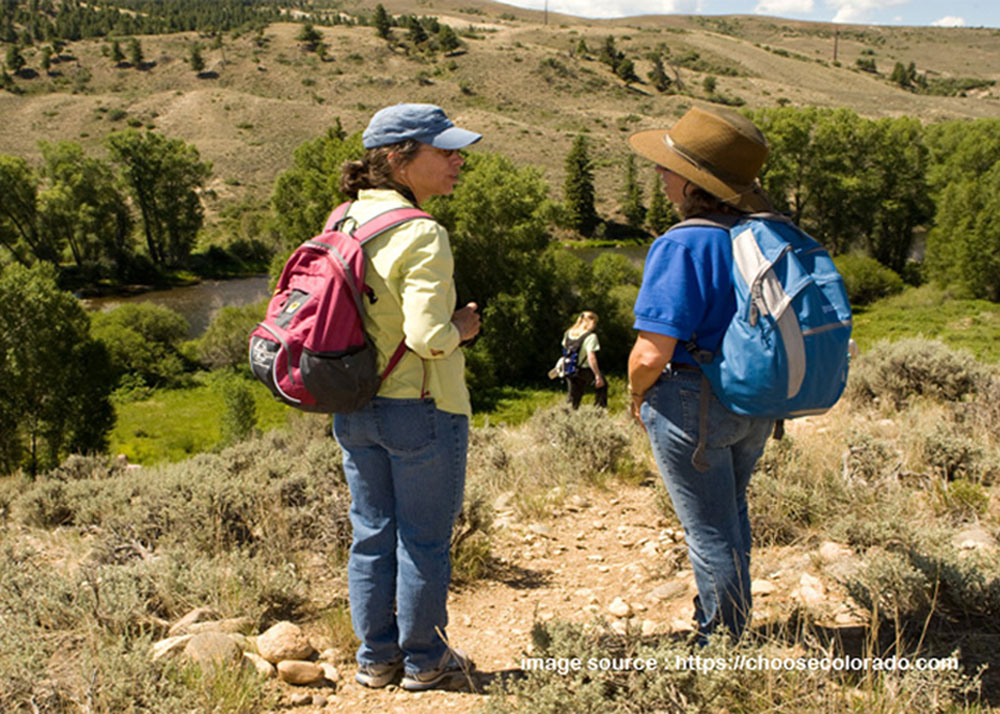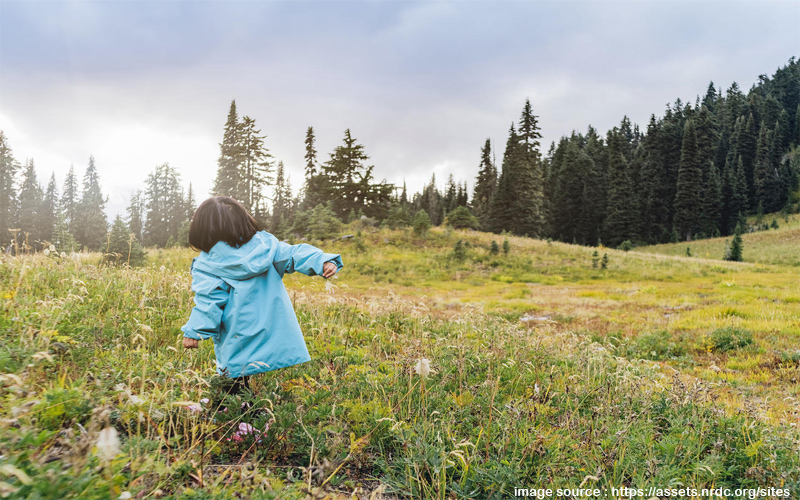
Wild Country Companion – The Ultimate Guide to No-Trace Outside Recreation and Wilderness Security

When I was inside the military, I wanted to leave no trace for tactical motives. This was in particular true as a sniper. We wanted to go where nobody would see us and leave without a trace. As a civilian, I nevertheless don’t need to leave a trace when I stop by the woods. Now it’s not necessarily for tactical factors, but simply to preserve our wildlife. I live in Montana, and am fortunate to possess plentiful wilderness regions at my disposal. It is actually normally a bit sad when I am on a hike with my family and we run across someone’s garbage. I am teaching my tiny girl that we need to leave the woods the identical, or improved when we pack other’s garbage out, as when we went in.
That is why I am glad Will Harmon wrote “Wild Country Companion: The Ultimate Guide to No-trace Outside …
Wild Country Companion – The Ultimate Guide to No-Trace Outside Recreation and Wilderness Security READ MORE


